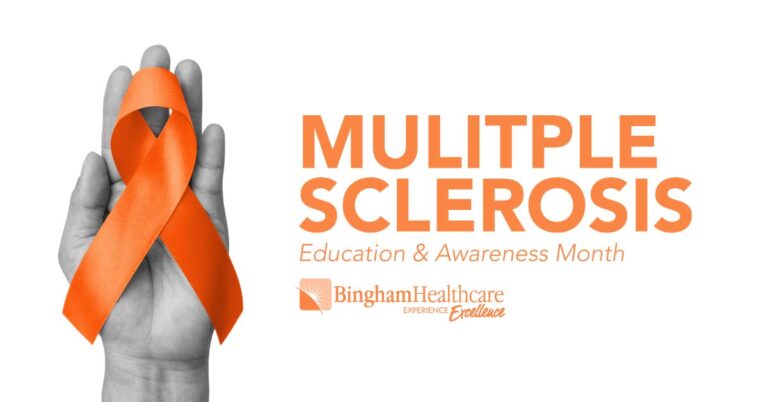
Is it the Cold or Flu?
Know how to tell the difference.
Your muscles ache. You are sneezing, coughing and blowing your nose nonstop. This can’t be just a cold, right?
It isn’t always easy to tell the difference between a cold and the flu. Both are respiratory illnesses and can cause similar symptoms. Generally, colds are milder than the flu and do not cause serious health problems.
So how can you tell whether it’s a cold or the flu?
It’s a Cold When …
If it’s a cold, you probably won’t have a fever or a headache. You might feel a little achy and tired, but not exhausted. Typical symptoms of a cold include:
- stuffy nose
- sneezing
- sore throat
- cough
You may develop sinus congestion or an earache. There’s not much you can do to prevent the common cold—other than avoiding sick people and washing your hands often—and treatments only provide temporary symptom relief.
It’s the Flu When …
The flu, on the other hand, is usually accompanied by a fever that lasts three or four days.
You may feel severe aches and pains, along with extreme exhaustion or fatigue and weakness that can last up to two or three weeks. You may or may not have symptoms like a stuffy nose, sneezing, and sore throat. But you will commonly experience chest discomfort and coughing, which can be severe. You can prevent some forms of the flu with an annual flu shot, and if you develop the flu you can shorten the duration and severity of symptoms with antiviral medicines.
The flu can become serious and lead to complications such as bronchitis or pneumonia. Seek medical care right away if you are having trouble breathing, feel pain or pressure in your chest or abdomen, or experience severe or persistent vomiting.
Most people recover from the flu without complications—and the recommended steps for getting well are pretty much the same whether you have the flu or a cold.
Plenty of rest is key. Drink lots of fluids and avoid alcohol and tobacco. And don’t scoff at time-tested home remedies like gargling with warm salt water to ease a sore throat or eating chicken soup. Chicken soup offers good nutrition and, according to some evidence, may relieve cold symptoms, including congestion. If nothing else, it’s inexpensive, safe and comforting.
In summary, the signs of a cold can often be mistaken for the flu. Here are some clues to help you know which illness you have:
Both Colds and Flu Can Cause:
- Sneezing
- Sore throat
- Cough and stuffy nose
Only the Flu Usually Causes:
- High fever and chills
- Headache
- Extreme tiredness
- Body aches and pains
Bingham Memorial Family Medicine
Bingham Memorial Family Medicine, with offices in Idaho Falls, Shelley, and Blackfoot as well as 1st Choice Urgent Care & Family Medicine in Blackfoot are here for you. Same-day appointments are always available. For more information and all locations, please call (208) 785-4100.
For more information on the flu:



